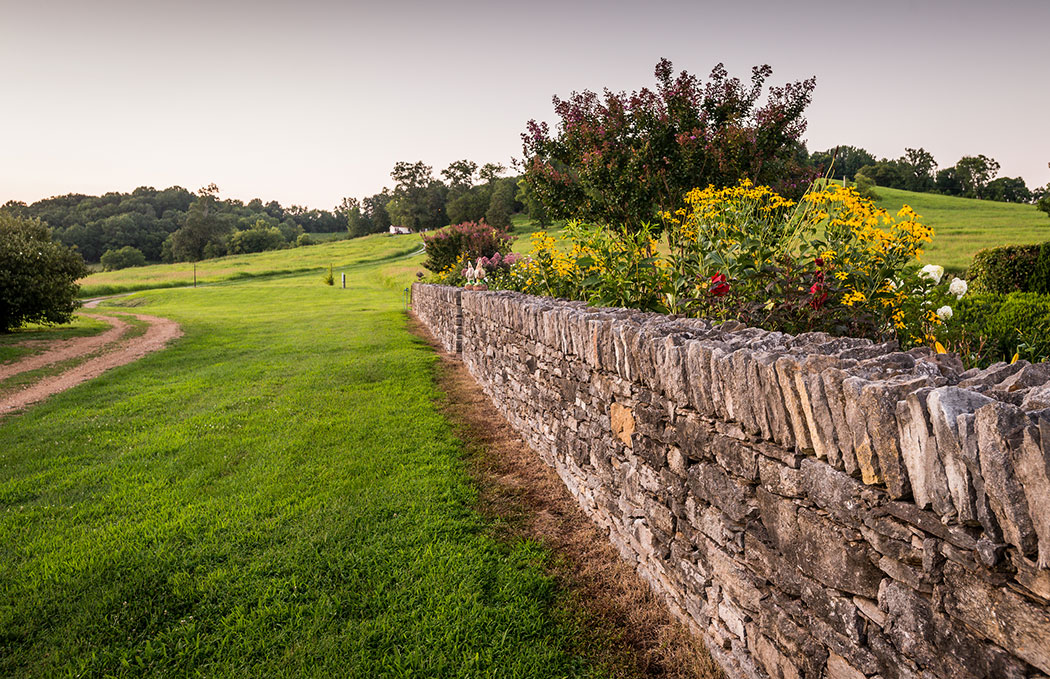In these unsure times, take to heart the words of poet, writer, activist and farmer Wendell Berry:
When despair for the world grows in me
and I wake in the night at the least sound
in fear of what my life and my children’s lives may be,
I go and lie down where the wood drake
rests in his beauty on the water, and the great heron feeds.
I come into the peace of wild things
who do not tax their lives with forethought
of grief. I come into the presence of still water.
And I feel above me the day-blind stars
waiting with their light. For a time
I rest in the grace of the world, and am free.
Ben Page shares with us the full-blown beauty of his southern garden in its peak blooming period midsummer before the heat became relentless and we transition into the shorter days the accompany fall.
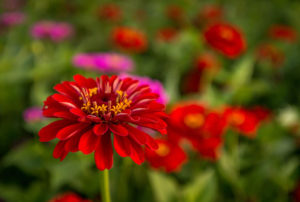
As summertime nears its end, Ben looks back and talks wistfully of the sunflowers, zinnias, cosmos, and marigolds that bloomed in his own garden outside a three-bedroom Greek Revival cottage in Pulaski, Tennessee that provides weekends of pleasure in the countryside this summer. It is here that Ben and Libby Page spend long, sunlit summer afternoons and delight in tending to and enjoying the cutting and vegetable garden.
“Now that the garden is ten years old, it has reached a maturity of structure that is really fun,” Ben says with pride. “It brings us incredible pleasure to get into the garden rhythm and celebrate the summer season, which brings birds, butterflies, honey bees, and rabbits.”
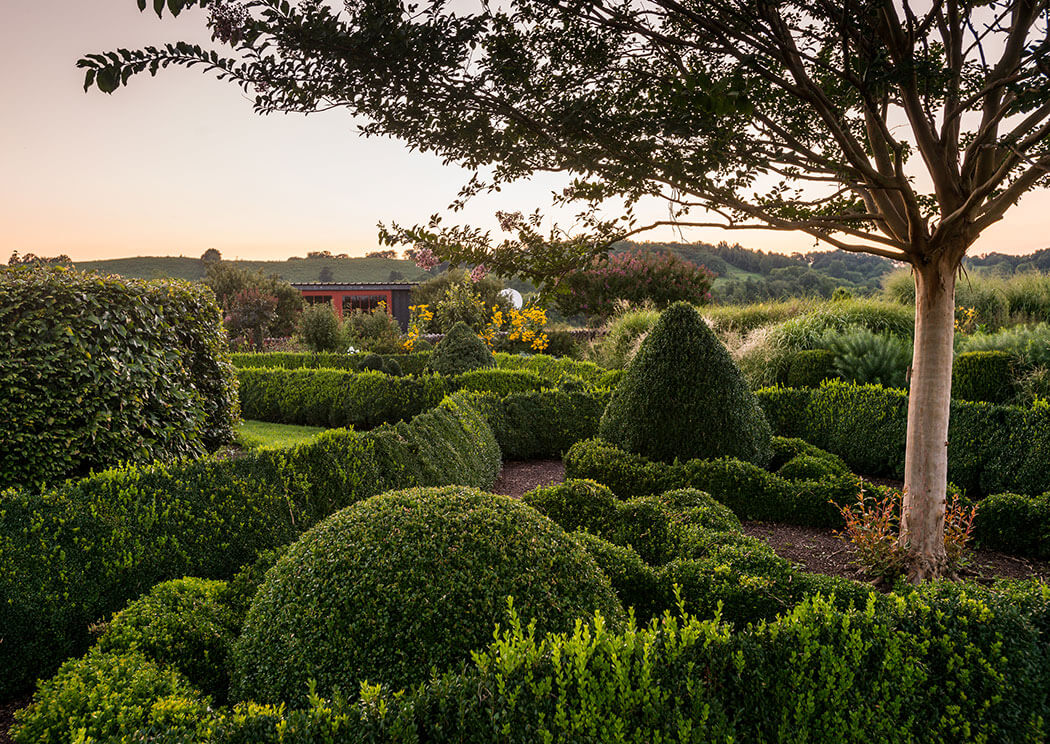 According to Ben, it is between mid-June and mid-August that southern gardens reach their height of beauty, and he continues, telling us that “this is when the annuals reach their peak size and are saturated with color, and hummingbirds and butterflies call the gardens home.”
According to Ben, it is between mid-June and mid-August that southern gardens reach their height of beauty, and he continues, telling us that “this is when the annuals reach their peak size and are saturated with color, and hummingbirds and butterflies call the gardens home.”
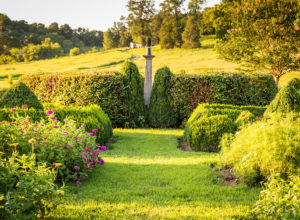 The bones of this Tennessee garden are laid out in a traditional boxwood parterre pattern common in the Antebellum South and mimic a very old garden that was in Libby’s family from the early nineteenth century.
The bones of this Tennessee garden are laid out in a traditional boxwood parterre pattern common in the Antebellum South and mimic a very old garden that was in Libby’s family from the early nineteenth century.
The flower and vegetable portion of the garden imitates Thomas Jefferson’s vegetable garden at Monticello. And while the layout of the garden remains constant from year to year, the plants in each area change annually. Tailoring the plant communities to plants that can withstand hot days and introducing a diverse cross-section of fruits and vegetables, Ben was thrilled by the beauty and brilliance of growth that was endemic to this summer.
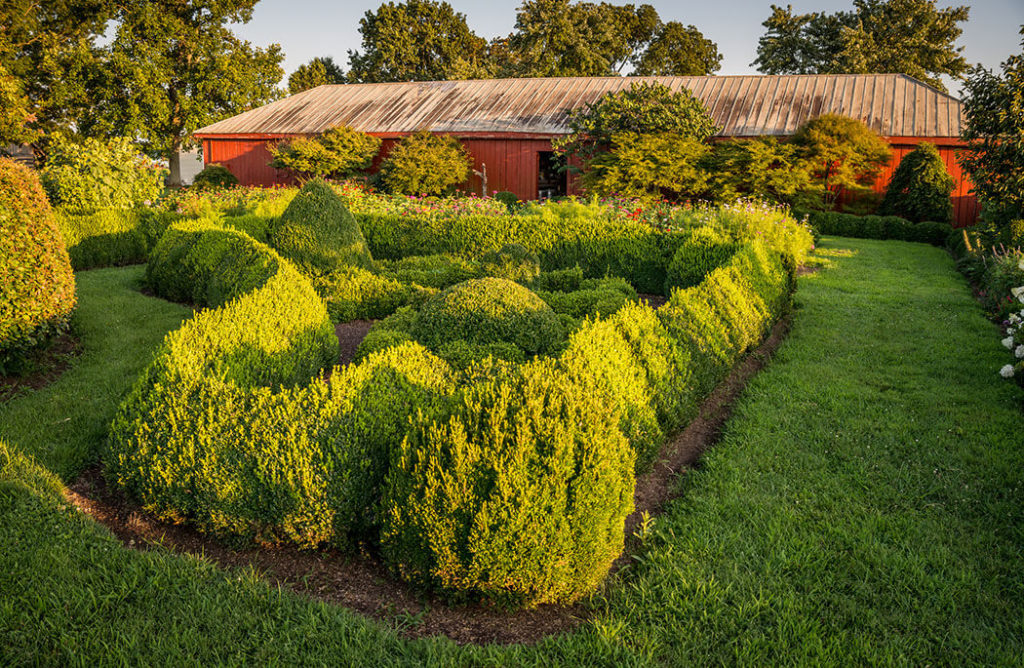
In hopes of capturing the flavors and memories of the season, Libby pickled okra and squash from the garden and turned tomatoes in a jam that is delicious on hamburgers (says, Ben). The couple spent many summer evenings strolling and surveying the gardens — sometimes alone and many weekends with company (both human and animal). Despite their dedication to the garden, they only claim about 80% of it as their own. The rest? It is reserved for the fauna that finds as much pleasure in it as Ben and Libby do.
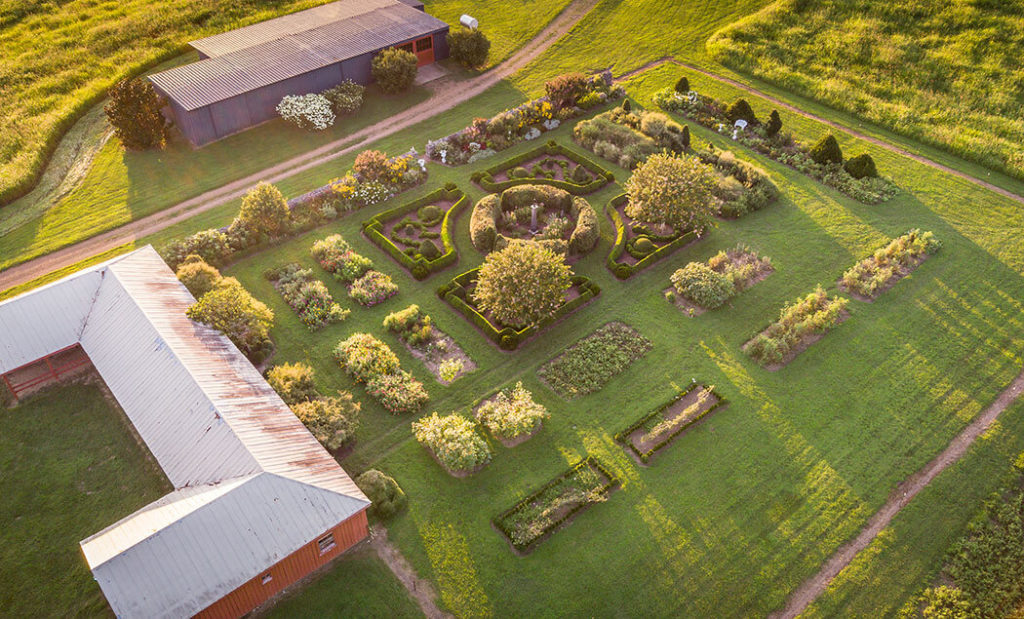
Recent Press:
- A Country Retreat, A Tennessee couple finds a home amid their past
Garden & Gun, read the full article. - Cultivating New Ground: Ben Page’s Tennessee Garden
Elle Decor, read the full article.

